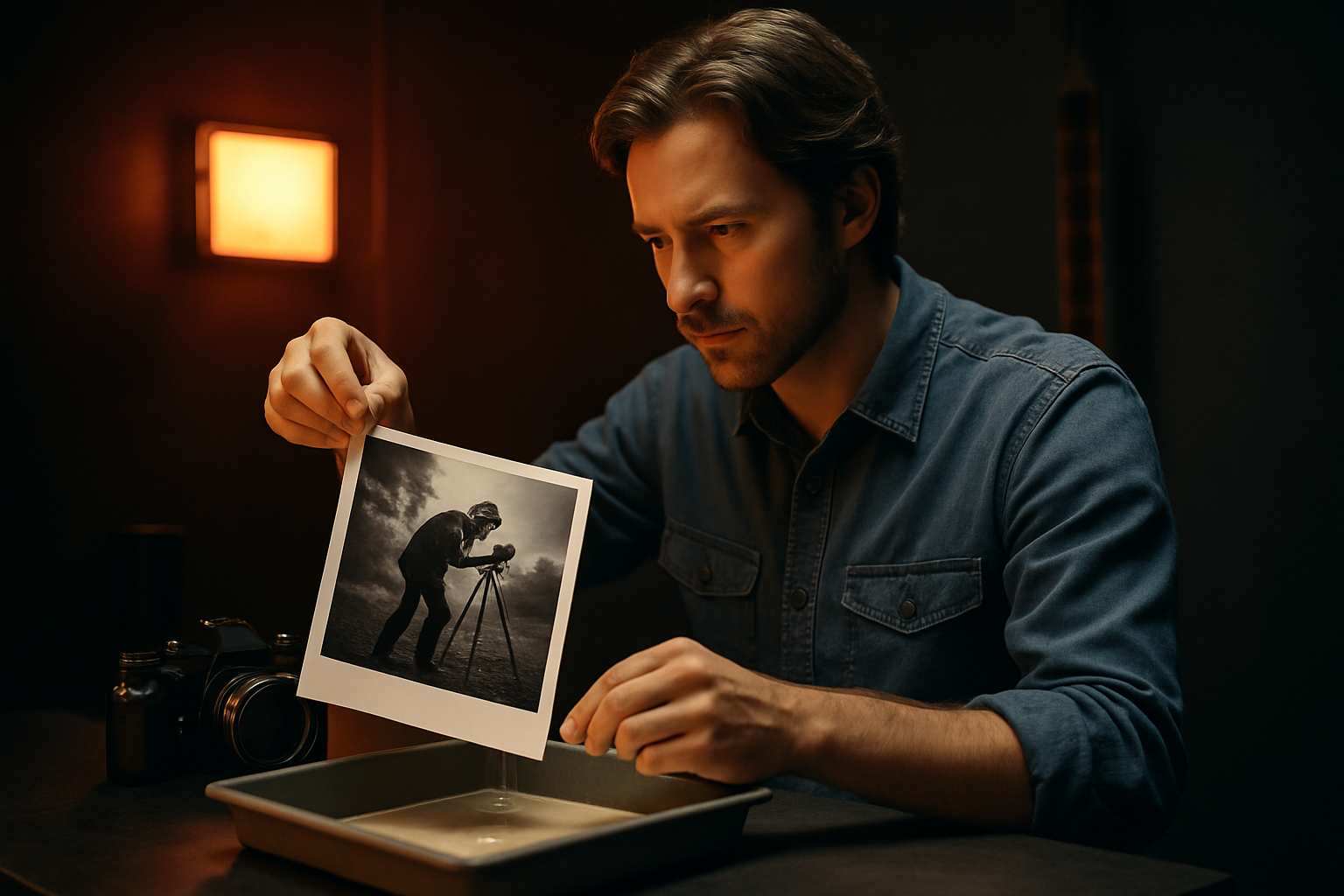The Resurgence of Analog Photography in the Digital Age
In an era dominated by smartphones and instant digital gratification, a surprising trend is emerging in the world of photography. Analog photography, once considered obsolete, is experiencing a remarkable revival. This article delves into the factors driving this resurgence, exploring how film cameras and darkroom techniques are captivating a new generation of artists and enthusiasts.

A Return to Craftsmanship
Analog photography demands a level of skill and patience that digital often bypasses. Photographers must carefully consider each shot, as film is a finite resource. This limitation fosters a more thoughtful approach to composition and timing. The darkroom process further emphasizes craftsmanship, with photographers honing techniques like dodging and burning to perfect their prints.
Aesthetic Nostalgia and Unique Visual Qualities
Film photography produces a distinct look that many find appealing. The grain, color rendition, and dynamic range of film create images with a unique character that digital cameras struggle to replicate authentically. This aesthetic quality evokes a sense of nostalgia, connecting viewers to a bygone era of photography.
The Instagram Effect
Ironically, social media platforms like Instagram have played a significant role in popularizing analog photography. The prevalence of filters mimicking film looks has sparked curiosity about genuine film photography. Many users, tired of digital homogeneity, are turning to film to create truly unique images that stand out in overcrowded feeds.
Educational Renaissance
Photography schools and workshops are reintroducing film photography courses, recognizing its value in teaching fundamental principles. Understanding the chemistry and physics behind analog processes provides a deeper appreciation for the art form. This educational resurgence is creating a new generation of photographers well-versed in both digital and analog techniques.
The Sustainability Angle
As environmental concerns grow, some photographers are drawn to analog methods as a more sustainable practice. While digital photography relies on energy-intensive data centers and frequent device upgrades, film cameras can last for decades. The slower, more deliberate nature of film photography also encourages a reduction in overall image consumption.
Challenges and Adaptations
Despite its growing popularity, analog photography faces challenges. The scarcity of film stock and processing facilities has led to innovative solutions. Mobile darkrooms, community labs, and mail-in development services are emerging to support the analog renaissance. Additionally, hybrid workflows combining analog capture with digital scanning and editing are becoming increasingly common.
The Future of Analog in a Digital World
As the analog revival continues, questions arise about its long-term viability and place in modern photography. Will it remain a niche interest, or could it significantly reshape the industry? The interplay between analog and digital techniques suggests a future where both coexist, each offering unique creative possibilities to photographers of all levels.





